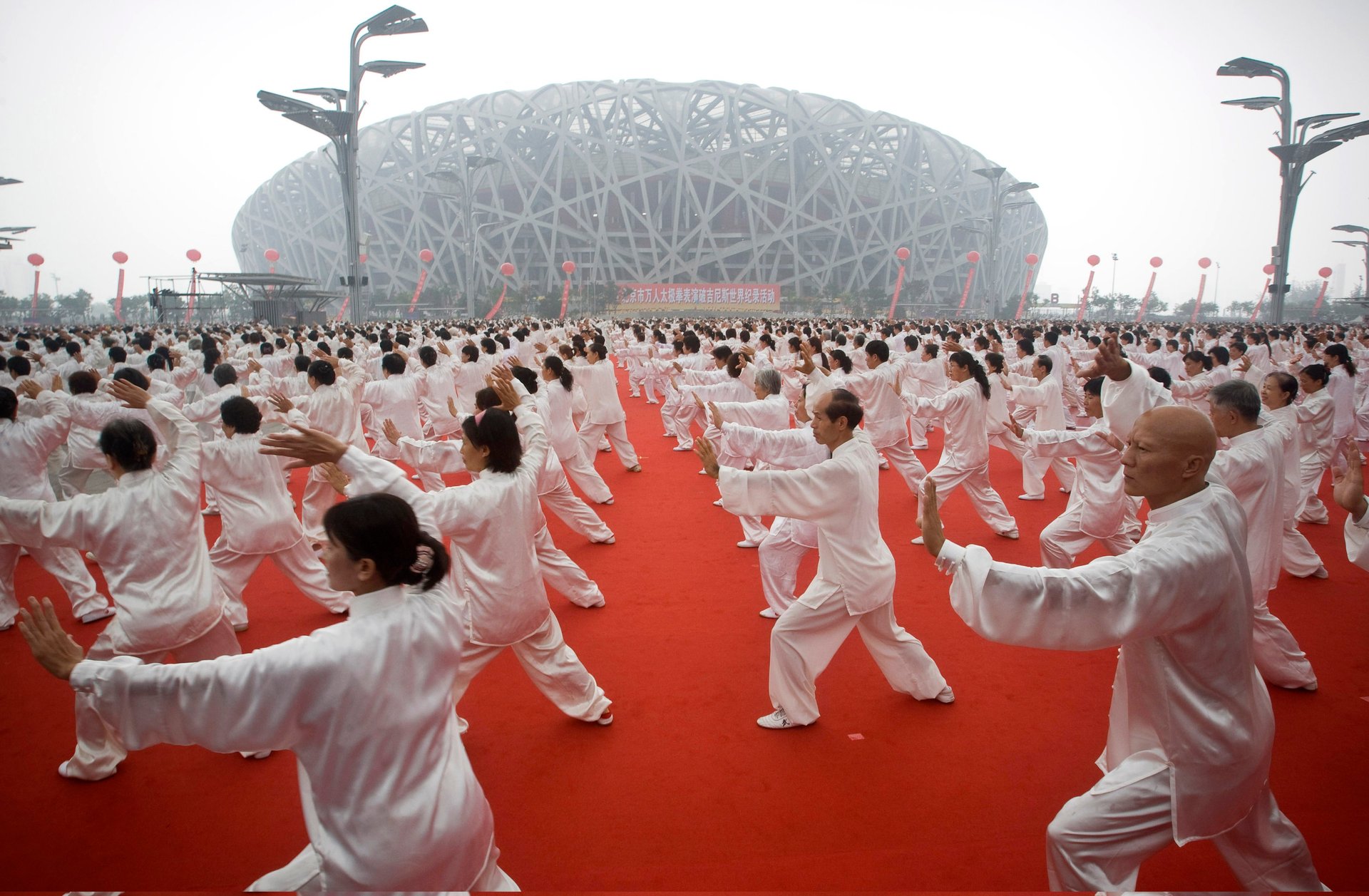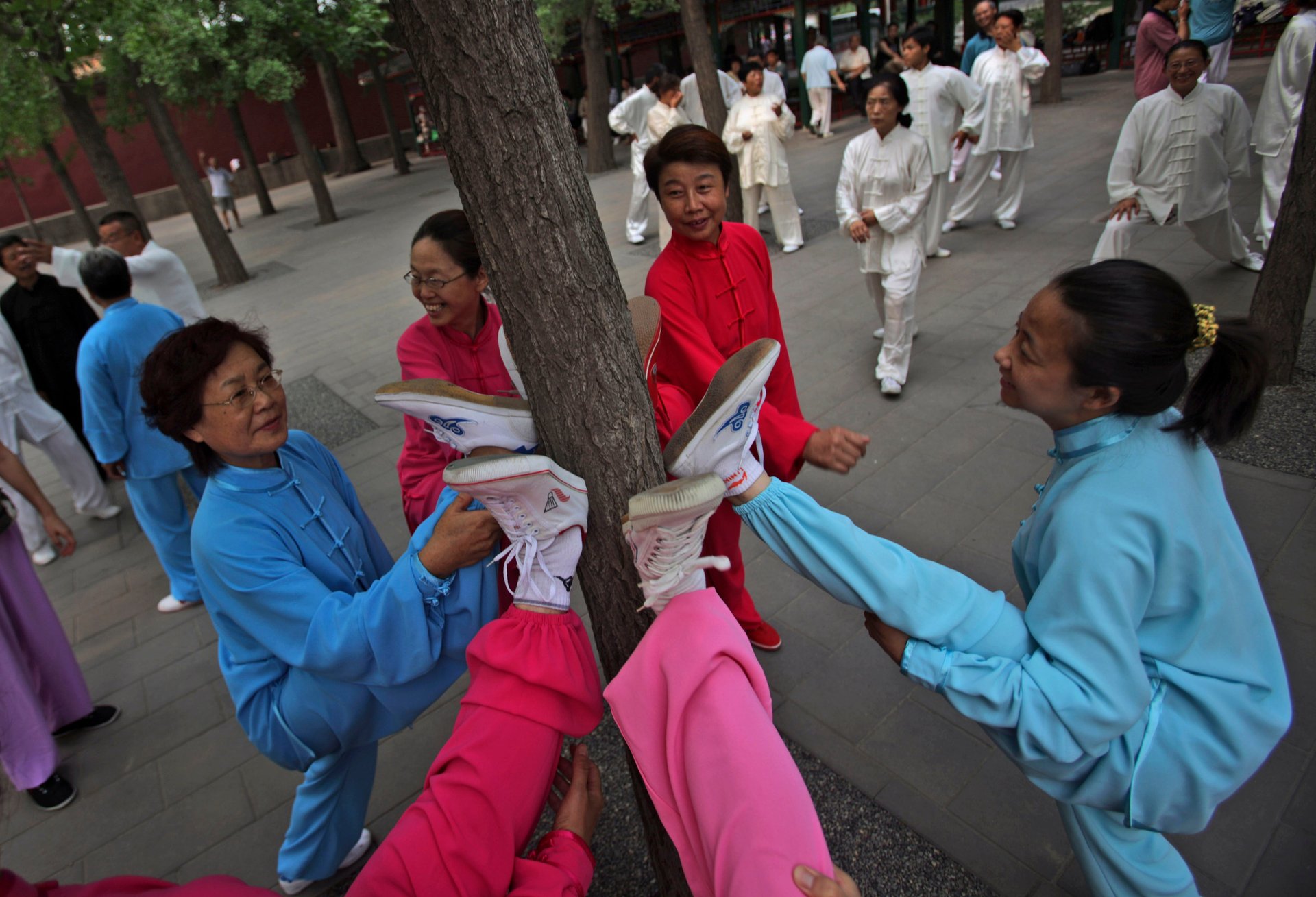When it comes to longevity, we should look to the East, not the West
This story is part of What Happens Next, our complete guide to understanding the future. Read more predictions about the Future of Aging.


This story is part of What Happens Next, our complete guide to understanding the future. Read more predictions about the Future of Aging.
The longevity era has arrived—and it looks different to your grandparents’ generation.
If you’re 65 years old today and living in a developed country, you can expect to live for about another 19 years (age 83 if you’re a man and 86 if you’re a woman). This is up more than five years since 1960—and those are just the averages. Between 1990 and 2015, the number of centenarians worldwide increased more than fourfold to nearly half a million, according to United Nations estimates.
As the global population ages, we’re also getting sick in different ways than before. Chronic diseases such as heart disease, cancer, diabetes, and stroke comprise the majority of health problems in older age. These noncommunicable chronic illnesses have become the leading cause of death, surpassing HIV, malaria, and tuberculosis combined. The number of people with diabetes is expected to rise from 415 million to 642 million by 2040. And because old age is the biggest risk factor for dementia, its prevalence is forecast to increase in every region—both developing and developed countries—and double every 20 years, reaching 74.7 million by 2030.
Our current medical systems are not set up for this rapidly advancing era. But instead of trying to improve a broken health-care system, why not radically change the way we think about health overall?
Instead of treating older adults’ medical complications, let’s stop them from getting sick in the first place.
Find a solution before there’s a problem
To create a health-care system that addresses rising costs and demographic changes, we must shift from our current “break-and-fix” model to one that focuses on predicting and preventing. For the US and other Western nations, this will mean embracing Eastern strategies that have long emphasized lifestyle, diet, exercise, and social connection as critical elements of health.

A large and growing body of evidence shows that holistic traditional Chinese medicine (which includes acupuncture, movement, and meditation) promotes healing and reduces pain. For example, tai chi and qi gong incorporate physical exercise through gentle movements with mental focus, breathing, and relaxation. Studies indicate that it may improve balance and stability in older people and patients with Parkinson’s disease. Research also has also shown that ancient traditions such as acupuncture can be more cost effective and have better results in reducing pain than methods such as back surgery.
Japan offers a simple and effective example of how this kind of care can and will be done in the future. In Yokohama, more than 200,000 people have registered to participate in the city’s Walking Point Program. Residents are encouraged to stay fit (and reduce CO2 emissions) by walking more and driving less. To incentivize Yokohama’s walkers beyond their own health, the averages are tallied monthly: If the average participant exceeds 100,000 steps a month (around 3,300 steps a day), the city donates 200,000 yen to the UN’s World Food Programme.
The US has a similar group exercise program, Silver Sneakers, which has shown savings to the Medicare program. Diabetes prevention programs located at local YMCAs in the US have also shown significant decreases in emergency department and inpatient programs for people covered under the US Medicare program.
Community-based interventions such as these recognize that it’s much more effective to treat small problems before they become even bigger ones. Families in France, for example, can pay a fee to have postal workers look in on elderly relatives living in rural areas. The service alleviates loneliness and provides a helpful check on the well-being of older people.
To better prepare for older citizens for natural disasters such as hurricanes, tsunamis, and wildfires, some cities have begun taking inventory of residents with electricity-dependent medical equipment (like oxygen machines) to make sure they are attended to first when evacuation orders are put in place or widespread power outages occur. In the US, the city of New Orleans and the federal Department of Health and Human Services drew on lessons learned during Hurricane Katrina to conduct a first-in-the-nation emergency preparedness drill that used medical-claims data to identify individuals with electricity-dependent medical equipment.
But preventive medicine is not just about wellness: Social and economic factors—such as housing, nutrition, and inclusion—will also play an important role in determining health outcomes.
It takes a village
The escalating trend toward “capitated agreements,” in which providers are paid a set fee to deliver a specific menu of services, has motivated the health-care industry to consider the social determinants of health. Although the impetus may be financial, research confirms that coordinating medical and social services improves health as well as lowers costs. For example, community-based organizations and social workers can identify and address risk factors such as poor self-care skills, environmental hazards, mental-health challenges, or difficulty with medication management before a doctor has to intervene.
We’ll therefore soon see more community-based services integrated as part of health care. And we’re already seeing some novel approaches.
One model based at the University of Maryland offers preventive services at barbershops and beauty salons. Instead of having to deal with the health-care system, neighborhood residents can get their blood pressure or glucose levels checked while getting their hair cut. Health-care pioneers such as CareMore and Tivity Health have also both implemented community programs to address social isolation, which is a symptom of living with chronic illness and has negative implications for health outcomes. At CareMore, patients determined to be at risk for social isolation can receive home visits from social workers who may encourage them to participate in free social activities such as Zumba classes and group lunches.
Drug and grocery stores are also setting up mini-clinics so consumers can get a flu shot or a blood test while shopping. For example, powerhouses Humana and Walgreens have been testing senior-focused care centers, where they provide primary-care services and representatives to answer Medicare questions. After the recently approved CVS Health/Aetna $70 billion merger, this trend will soon become a commonplace reality, disrupting health-care delivery on a giant scale. With drug stores located in virtually every neighborhood of the US, older adults will be able to access primary care that is “local, easier to use, [and] less expensive.”
While some may view the combination of longer life expectancy and limited budgets as a recipe for disaster, it will actually force health-care providers to come up with new ways of thinking about wellness and invest in efforts to promote healthy living throughout our lifespans. As budgetary pressures related to population aging grow, so too will the recognition that our aging population’s health problems should be solved before patients even become sick.
We won’t ultimately be able to prevent death and dying, but by shifting to a health model focused on prevention and community-based interventions, we can improve qualify of life and lower overall costs for millions of older adults.
This story is part of What Happens Next, our complete guide to understanding the future. Read more predictions about the Future of Aging.